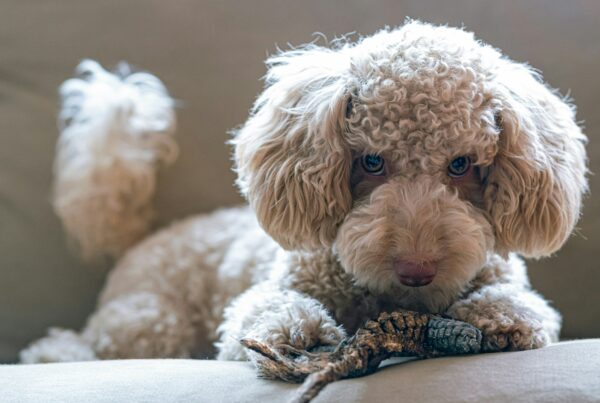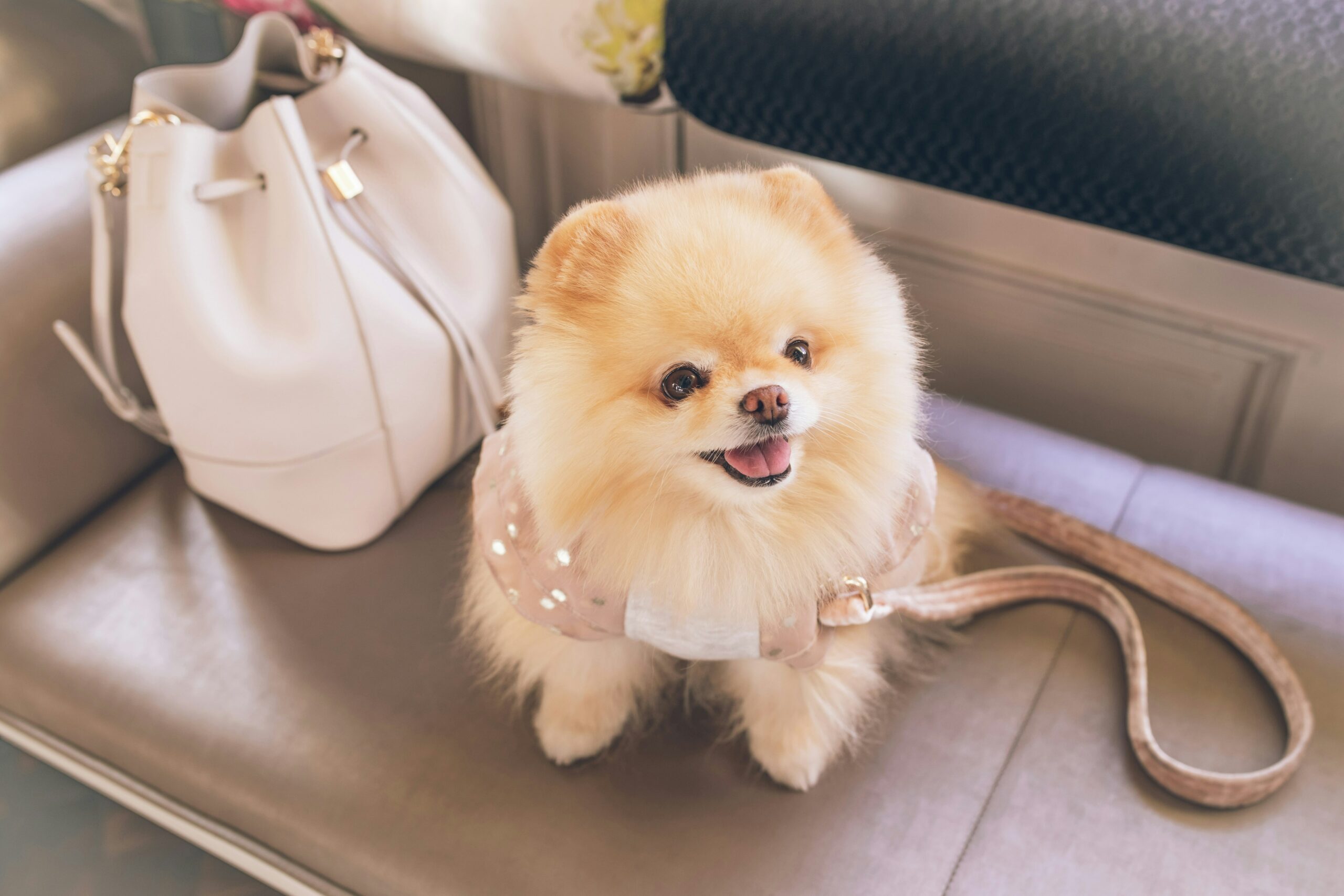Getting a new puppy or dog is an exciting prospect. Dogs add so much love and light to our everyday, mundane routines. The day is much more fun with a dog around the house.
When you first bring your new dog or puppy home, it’s important to start off on the right foot, otherwise having them around can become stressful and frustrating. An untrained dog can be destructive and bring negative energy to the home. By training your new dog some basic commands, you’ll make it much easier on yourself.
While we can’t all be expert dog trainers like Adrienne Farricelli, we can still know the basics when it comes to training. This way, we’ll have well-behaved and happy dogs. Here is a list of basic commands your dog needs to know.
Sit
Teaching your dog or puppy to sit is a crucial first command. This teaches your pet impulse control and solidifies yourself as the pack leader. It also just comes in handy when you need to have your dog sit still for a few minutes.
To teach them how to sit, hold a treat just above their head so they can’t reach it. Then, slowly move the treat behind their head until they sit. Once they sit, say the word and give them a treat. Keep repeating these steps until your dog has learned how to sit on command and without a treat on hand.
If you’re looking to find treats that you and your dog can enjoy during your training sessions, click the link. https://www.medicalnewstoday.com/articles/324453#which-human-foods-can-dogs-eat
Toilet train
One of the most important things to train your new dog or puppy is where it’s appropriate to use the bathroom. The good news is that most dogs learn this skill pretty quickly since it’s in a dog’s instinct not to use the bathroom where they live.
In order to train them to use the bathroom outside, you need to make sure you monitor them very closely. Know the signs that they need to use the bathroom. This can take some time as you slowly learn your dog’s personality, so instead of waiting for your dog to tell you, they need to use the bathroom, take them out after they wake up, eat/drink, or play. This will help you prevent too many accidents in your house.
Once you take your dog outside, tell them to ”go pee.” Once they use the bathroom, reward them with treats and lots of praise. This process can take time because you’re learning your dog and forming a routine. Just keep practicing and your dog will nail it eventually.
Stay
Teaching your dog to stay will give you plenty of opportunities to do things without them nosing into your business and keeping your dog safe. Once they learn the command, you can feel confident that your pet won’t wander into any roads without your lead.
You can only teach stay after your dog has learned the command sit. Put your dog into a sit position and slowly back away. If your dog moves towards you, gently tell them “no” and instruct them into a sit position again. This can take a few tries but once they stay put, say the command “stay” and give them a treat and praise.
Come
Come is another important command that will keep your dog safe. If they get off the leash or you need them to come back to you quickly, knowing this command will allow you always have your dog within reach.
To teach your dog how to come, you’re going to need to get a long leash or a rope that you tie around their collar. Put them into a sit and stay, taking keeping the leash between you and your dog. Once you’re far enough away, and they’re still waiting in a “stay” command, pull the leash lightly until your dog comes to you. You should say the command “come while you do this. When they do what you want them to do, give them a treat and more praise.
Lie down
Lie down is a skill that is important for your dog to learn. If they become too excited, a command like this will force them to calm down. To do this, get your dog into the “sit” command. Once they sit, drag the treat from their nose down to the floor.
This can be confusing for even the smartest dogs, like the breeds seen here, so you’ll need to do this over and over again until they do the command. When they finally lie down, say they command “down” and give them their hard-earned treat.
Heel
Teaching your dog to heel will make it possible to walk with a well-mannered dog who won’t pull on the leash and cause you injury. Heel is another difficult command to master, so don’t feel discouraged if you don’t get it at once.
Put your dog on a leash and take them for a walk. Every so often, stop and tell your dog to sit. Show your dog a treat and start walking with the treat above their head. This should encourage your dog to follow the treat and by extension, you. Keep saying the word heel as you walk and give them their reward.
Repetition is key here so you should do it at least once or twice every walk to keep it current.
Leave it/ Drop it
This is a life-saving command for your dog. If your dog gets something in its mouth that it shouldn’t have, being able to make them drop it on command will prevent a trip to the vet. It will also teach your dog discipline and self-control.
Put a treat down on the ground next to your dog and cover it with your palm. Once your dog backs away from it and is waiting patiently, slowly move your hand away and say, “leave it.” If they try to get the treat, quickly cover your hand over it again to keep them from getting it. Once they leave the treat and wait for your say so, give them a different treat.
These are just a few kinds of commands you can teach your dog, but they’re arguably some of the most important. Once your dog learns these skills, you’ll be able to teach them more advanced tricks and commands. For now, focus on the basics and you’ll be on your way to a very well-behaved dog.
photo credit: https://unsplash.com/photos/Uyn3kXAaZX8
Love our content? Share it with a friend or link it to social media. Like short clips of cute household pets? Training tips? Follow us on instagram @nydognanny or on YouTube at nydognanny. Have some news you needs to get to dog and cat parents stat? Email info@newyorkdognanny.com with your article pitch.




